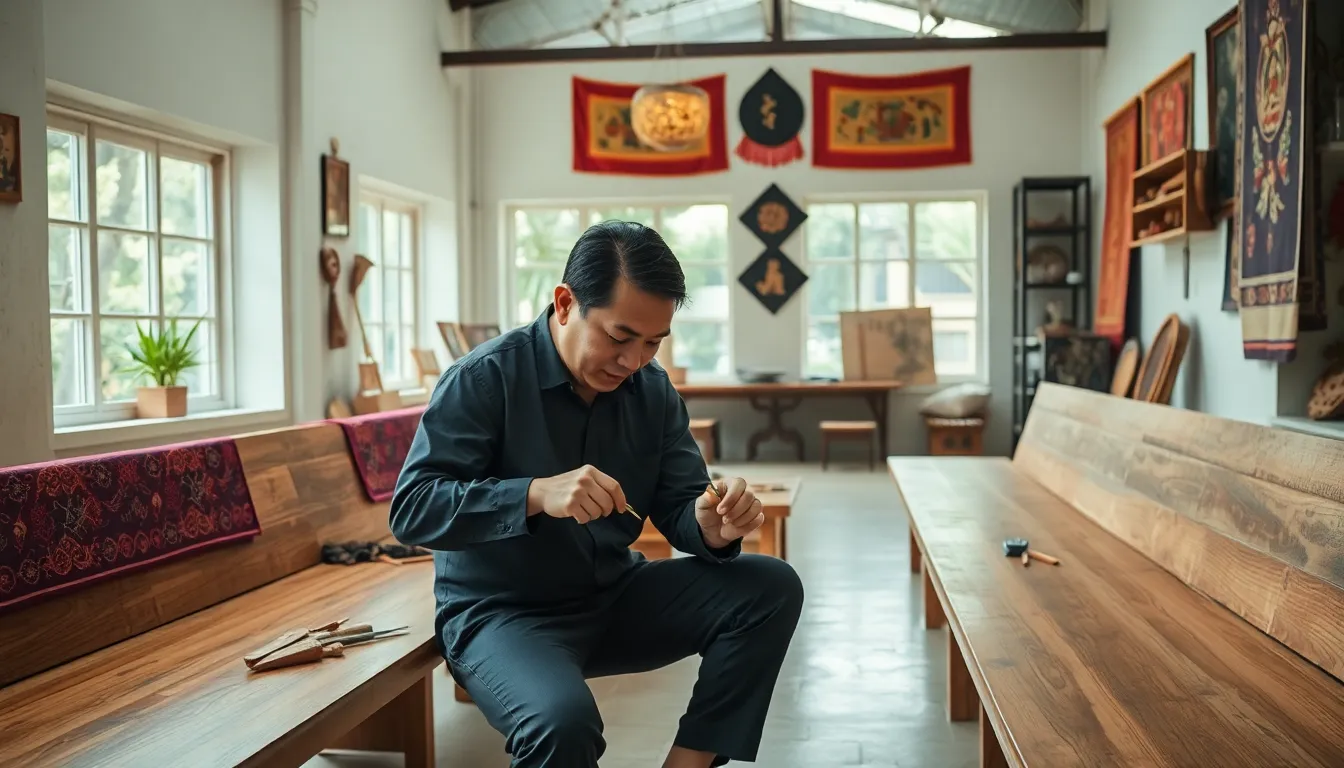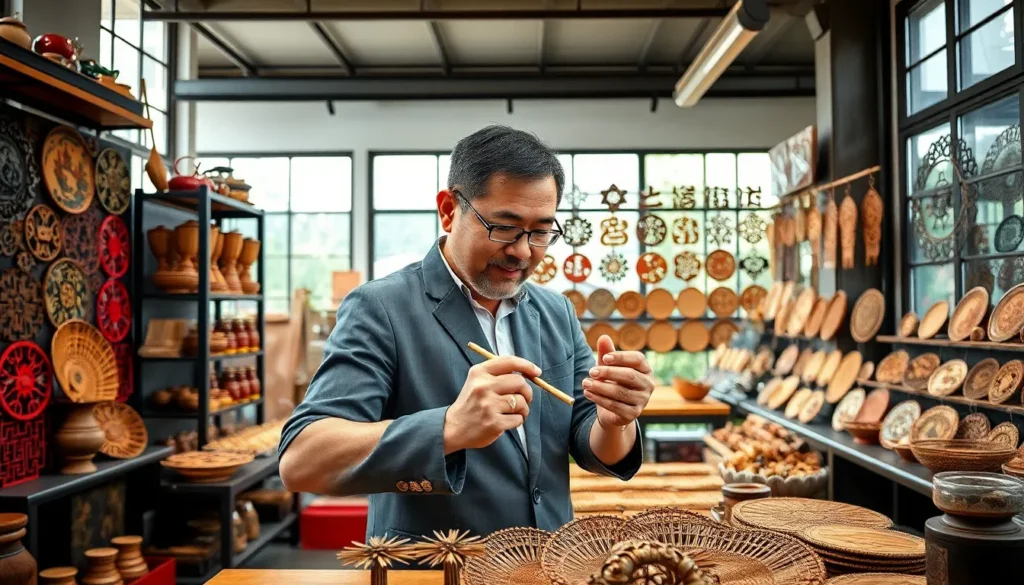Picture this: you walk into a vibrant marketplace, and your eyes are drawn to a unique item that embodies rich tradition and cultural significance. What you’ve stumbled upon is tongschraoer. This intriguing piece not only piques curiosity but also has a fascinating history that reflects the essence of cultural identity. Buckle up, because this comprehensive guide is about to take you through the intriguing realm of tongschraoer, where ancient traditions meet modern ingenuity. Who knew a simple object could hold so many stories?
Tongschraoer

Historical Background and Origin
Tongschraoer, often celebrated for its intricate craftsmanship, originated in various cultures, but its most notable ties are found in Southeast Asia. Historians suggest that this artifact emerged centuries ago as a tool for both utility and artistry. Traditionally, artisans used locally sourced materials, crafting each piece with meticulous care to reflect the community’s heritage. Embodying stories of the past, the evolution of tongschraoer showcases the intersection of function and artistry, prompting a deeper appreciation for its craftsmanship.
Cultural Significance
Culturally, tongschraoer serves as a symbol of identity. It reflects the values and artistic traditions of the regions where it is found. In various rituals and ceremonies, this object is often honored, representing transitions and communal gatherings. The vibrant colors and detailed designs narrate stories passed down through generations, emphasizing not just the craftsmanship but also the cultural narratives encapsulated within each unique piece. From celebrations to spiritual practices, the cultural significance of tongschraoer continues to influence its usage in modern societies.
Characteristics of Tongschraoer
Materials and Construction Techniques
Tongschraoer is not just an aesthetic marvel: its construction reflects the resourcefulness of artisans. Common materials include bamboo, wood, and clay, chosen for their availability and durability. Each piece showcases traditional construction techniques passed down through generations. In many communities, artisans use hand tools, maintaining methods that preserve the integrity of the craft. The dedication to using natural resources meets the demands of sustainability, making tongschraoer not only a beautiful object but also an eco-friendly choice.
Design Variations Across Regions
As one moves across different regions, the design of tongschraoer transforms dramatically. Variations can be attributed to local customs, climate, and available materials. For instance, some designs feature intricate carvings and vibrant paints, while others are more minimalist and utilitarian. Each variation tells a different story, some highlight seasonal festivals, while others encapsulate daily life. So, anyone interested in exploring tongschraoer will find an impressive array of styles and forms that speak to the diverse cultures from which they originate.
Uses and Applications of Tongschraoer
Traditional Uses in Rituals and Ceremonies
Historically, the use of tongschraoer in rituals has made it a staple in communal gatherings. These objects often play pivotal roles in ceremonies, symbolizing milestones such as births, weddings, and even funerals. During these ceremonies, tongschraoer is not merely an accessory: it is a vital part of cultural expression and social cohesion. Its presence revives memories and instills a sense of belonging among community members.
Modern Adaptations in Art and Industry
In recent years, tongschraoer has also found its way into contemporary art and industry. Artists reinterpret traditional designs, integrating modern materials and aesthetics. Some even create hybrid forms that blend tradition with innovation, making them appealing to a broader audience. Also, industries that value handcrafted goods see tongschraoer as an opportunity to promote local craftsmanship and sustainability. This renewed interest highlights its versatility, showcasing its relevance in both traditional and modern contexts.
The Future of Tongschraoer
Challenges Facing Tongschraoer Preservation
Even though its rich history, the future of tongschraoer faces challenges. Globalization and mass-produced items threaten traditional craftsmanship, driving artisans to change their methods or abandon their crafts altogether. Also, as young generations increasingly gravitate toward urban lifestyles, the knowledge and techniques of crafting tongschraoer risk becoming obsolete. The pressing question remains: how can communities safeguard this valuable piece of their heritage?
Innovative Solutions for Revival
Fortunately, there are innovative solutions emerging to revive and sustain the art of producing tongschraoer. Workshops and training programs aimed at engaging younger generations are gaining traction. By intertwining modern technology with traditional methods, artisans are discovering new ways to appeal to contemporary tastes. Collaborative projects between local artists and cultural organizations prove effective in raising awareness and encouraging appreciation. Through these efforts, the hope is to ensure that tongschraoer not only survives but thrives in the coming years.

